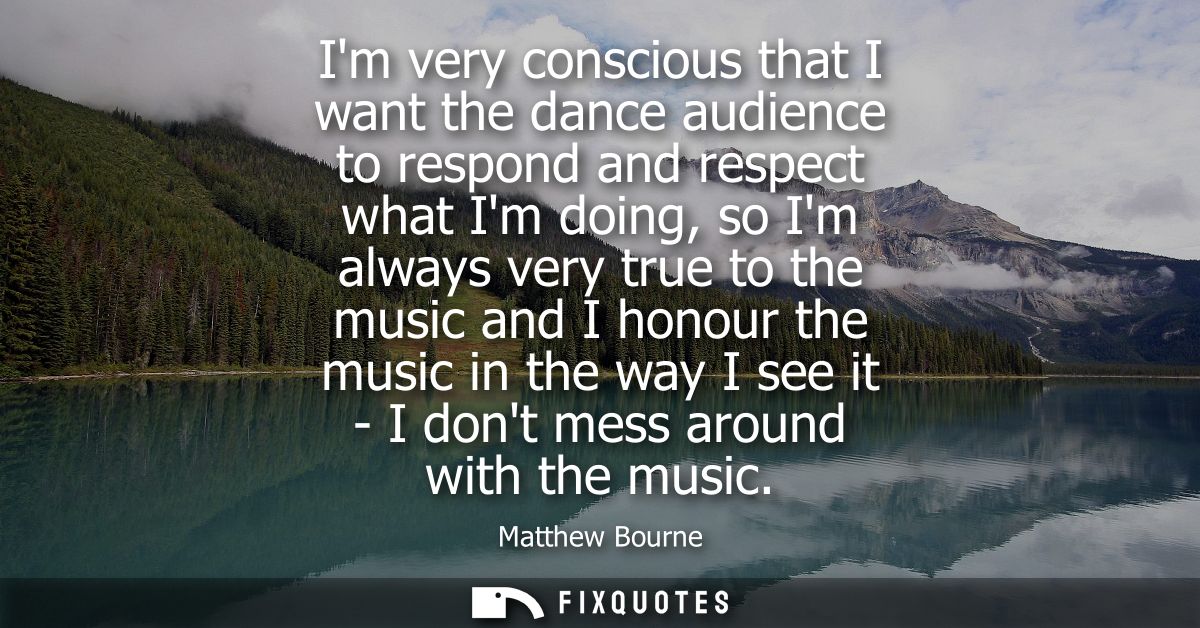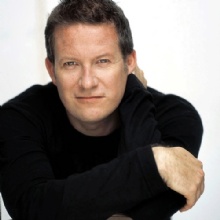"I'm very conscious that I want the dance audience to respond and respect what I'm doing, so I'm always very true to the music and I honour the music in the way I see it - I don't mess around with the music"
About this Quote
A choreographer here reveals a guiding ethic: audience response is earned through integrity, not through gimmickry. Being “very conscious” of the audience doesn’t mean courting applause at all costs; it means taking responsibility for clarity, legibility, and emotional honesty. The compass for that honesty is the score. To be “very true to the music” is to treat it as the architecture of the piece, its grammar, breath, and time, rather than as a background track on which to hang steps.
Honouring the music “in the way I see it” acknowledges that fidelity is interpretive, not mechanical. It’s not about slavishly mirroring every beat, but about aligning with the work’s spirit, structure, and dynamics through a personal lens. “I don’t mess around with the music” signals a refusal to distort, clip, or ironize the score for effect. The stance rejects gratuitous complication, steps that call attention to themselves while ignoring tone, phrasing, or thematic intent, and favors choices that make the composer’s architecture visible in the body.
Practically, that yields choreography where dancers breathe with the phrasing, where motifs echo orchestration, where crescendos swell in movement rather than in volume alone. The audience experiences coherence: what they hear is what they see, and that unity breeds trust. Respect is not demanded but generated, because the dance amplifies what the music already promises.
This approach stands apart from strategies that deconstruct or subvert a soundtrack to create friction. It’s not a judgment against experimentation; it is an ethic of humility: innovation emerges from deep listening, from discovering unsuspected edges within the score rather than imposing cleverness upon it. The result is work that feels both boldly fresh and anchored, where risk comes from revealing latent tensions in the music, not from disregarding it. When dance positions itself as the music’s ally and interlocutor, the audience senses truth, and their response becomes a natural consequence of that fidelity.
More details
About the Author

